Did you make a cup of tea or throw in a load of laundry before starting to read this post? You probably could have, given the easy acess most of us have to clean water.

The rest of the world looks equally thirsty. By 2025, worries the Water Management Institute, all of Africa and the Middle East, and almost all of South and Central America and Asia, will either be running out of water or unable to afford its cost.
They’ll also be contending with water safety. “Every day more children die from dirty water than HIV-AIDS, malaria, war, and accidents all put together,” says Maude Barlow, national chair of the Council of Canadians, a citizens’ advocacy group, and coauthor of Blue Gold: The Battle to Stop the Corporate Theft of the World’s Water.
According to a 2003 survey by the European Environmental Agency, nitrates, toxins, heavy metals and/or harmful microorganisms contaminate groundwater in nearly every European country and former Soviet republic.
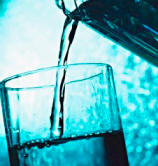
The bigger issue may revolve around chemicals that waste water treatment faciities weren’t designed to remove. The common fertilizer ingredient nitrate, for example, can seep into drinking water through runoff from lawns, gardens, and agricultural fields, causing “blue baby syndrome” if it depletes a newborn baby’s hemoglobin. Pregnant and nursing women and the elderly should also avoid water that’s high in nitrate content.
Meanwhile, as more and more pharmaceuticals get flushed down toilets, fish and other aquatic wildlife are feeling the effects. Smallmouth bass in the Potomac and Shenandoah rivers in the Chesapeake Bay watershed have turned up sporting both male and female sex organs … on the same fish.
The National Academy of Sciences is worried. Its list of “naturally occurring and man-made contaminants in drinking water (that) are of concern to all of us” includes arsenic, perchlorate (a component of rocket fuel and fireworks), copper and methylmercury, the scourge of parents anxious about learning disabilities and developmental disorders in their kids.
The ocean’s misfortune is also our own, for reasons that have to do with some factors we’ve already discussed, like climate change and chemical pollution. Twenty percent of coral reefs and 35% of mangroves have been lost since 1980, along with their capacity to buffer coastal communities from storms. With nearly half the world’s cities located within 50 kilometers of a coast, people are more vulnerable than ever before to extreme wweather events, like the Asian tsunami and hurricane Katrina. over half of the synthetic nitrogen ever used to fertilize American farmland has been applied in the last two decades. As much as 50% of it has run off, creating dead zones in great aquatic cauldrons like the Gulf of Mexico that make short shrift of those shrimp you like to serve for dinner.
What can you do?
* Take these easy and affordable steps to conserve water
* Use make-up, deodorant, shampoo and other personal care products free of polluting ingredients.
* Garden organically and design your landscape to minimize run-off.
* Buy organic food and clothes made from recycled or organic fibers to minimize chemical applications on land that seep into water.
* Get more ideas from Water. Use it Wisely.
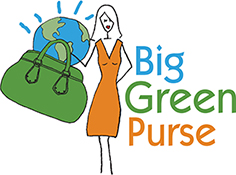


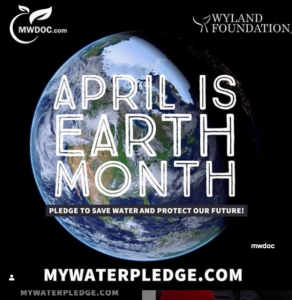

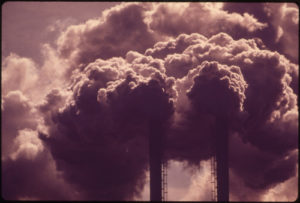




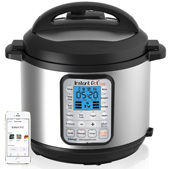







7 thoughts on “Water. Use it Wisely.”
How interesting life is. I just learned of your wonderful site yesterday while reading about it on she-conomy.com. Then this morning I’m treated to the fact that you included our site, http://wateruseitwisely.com/ on today’s post. Thank you for joining us to bring more voice to water conservation. Please let me know if there is anything we can do for you.
Have a great day.
great information. I’m going to twitter your post on this…Water conservation is so important.
Jeanne
http://www.ecolabelfundraising.com
Twitter: EcolabelFund
Thanks for continuing to spread the word on our precious water resources!
Wow, that’s pretty crazy. Aren’t immunities built up against a lot of the stuff in some of the dirty water, though? I find some of the facts touted a little hard to swallow.
Don’t forget about xeriscape concepts whenever doing an update to your yard design! Especially for those of us that live in the desert, this is a simple landscape concept that can make a massive difference in water usage.
You’re so right about xeriscaping! Thanks for the reminder.
You are okay we should not waste nature’s gift, it gradually decreasing the quantity.
Comments are closed.